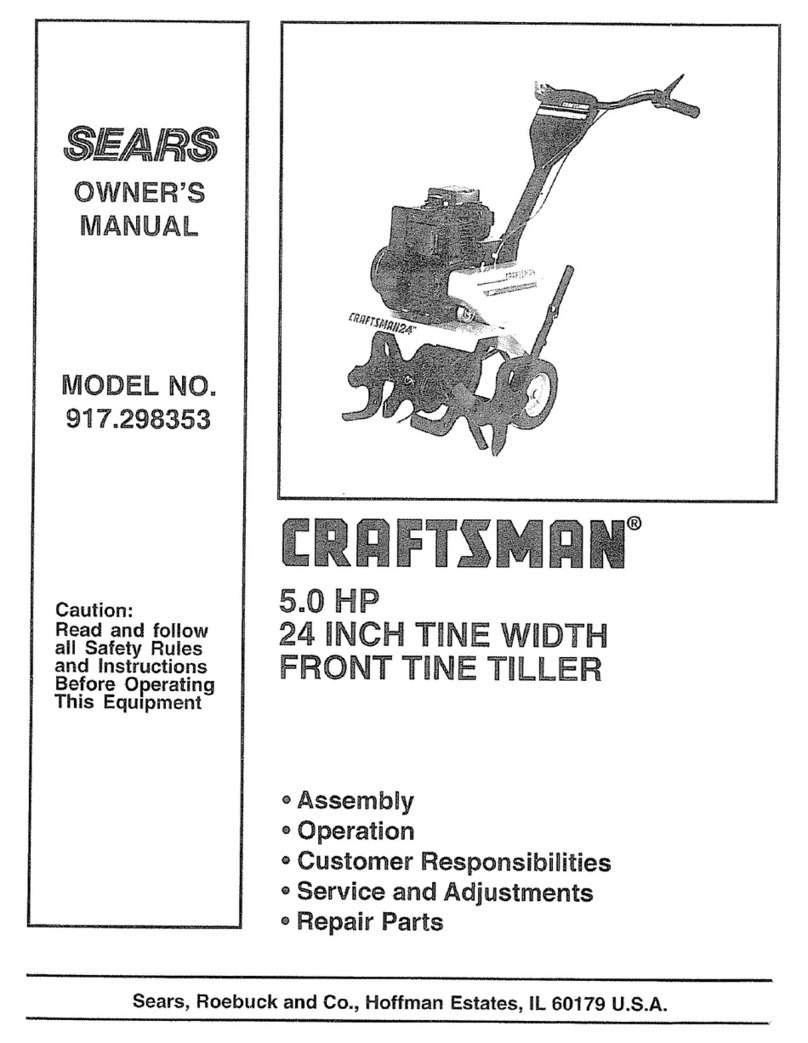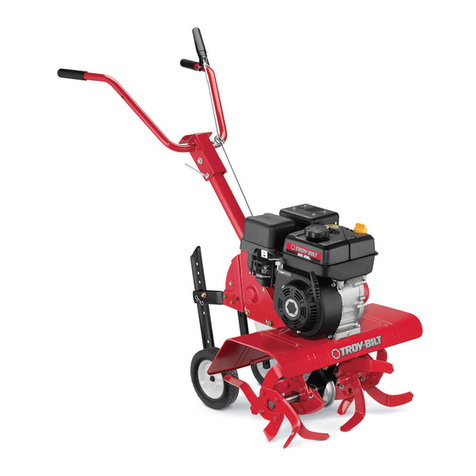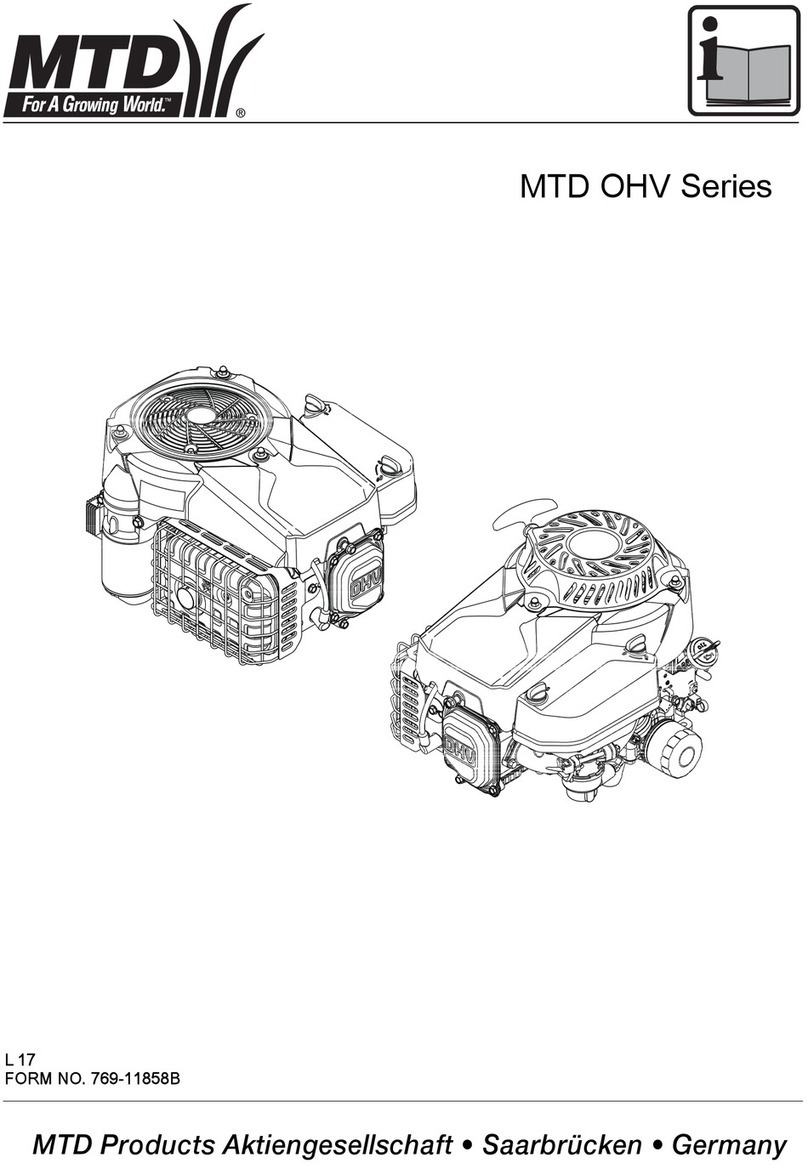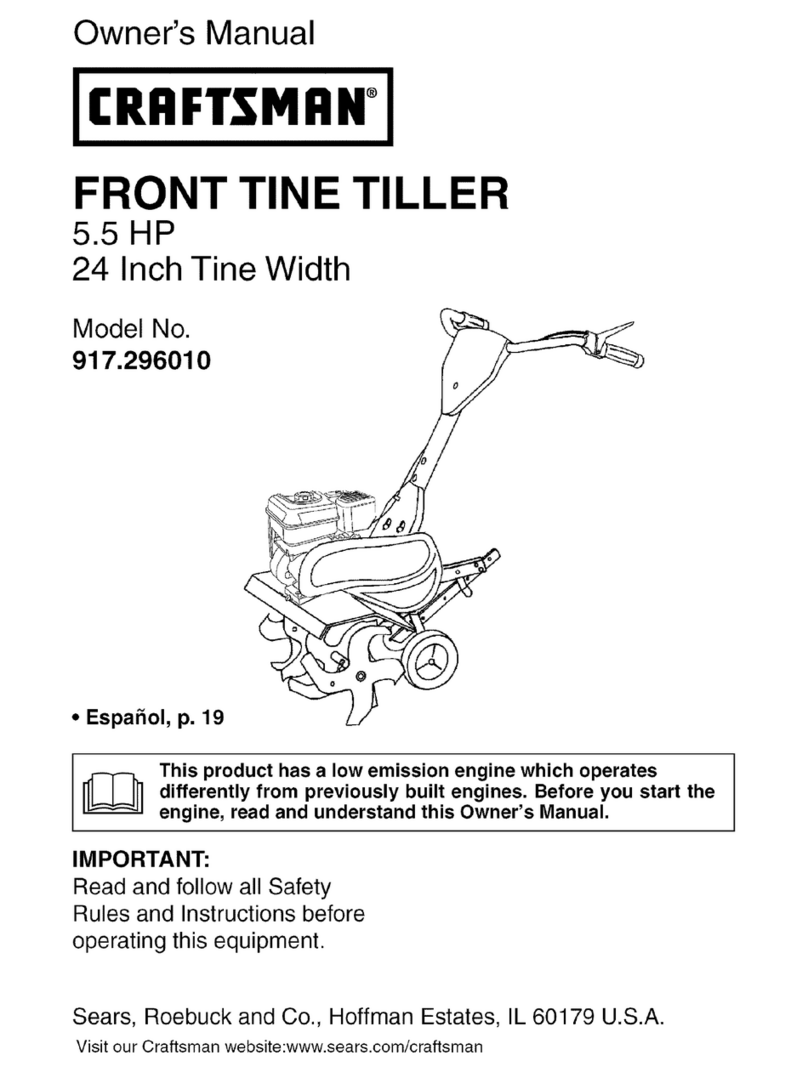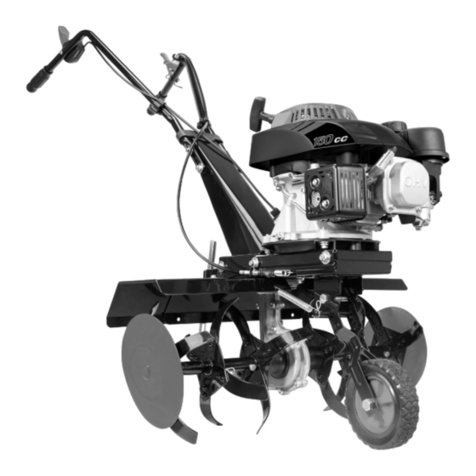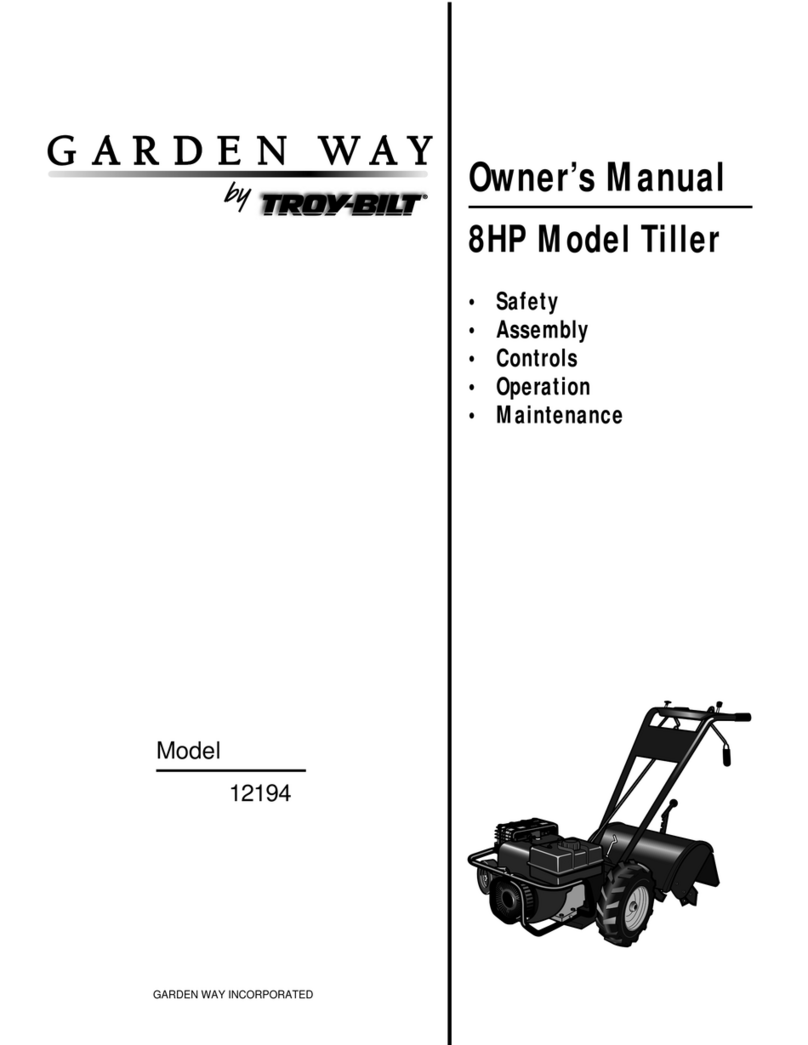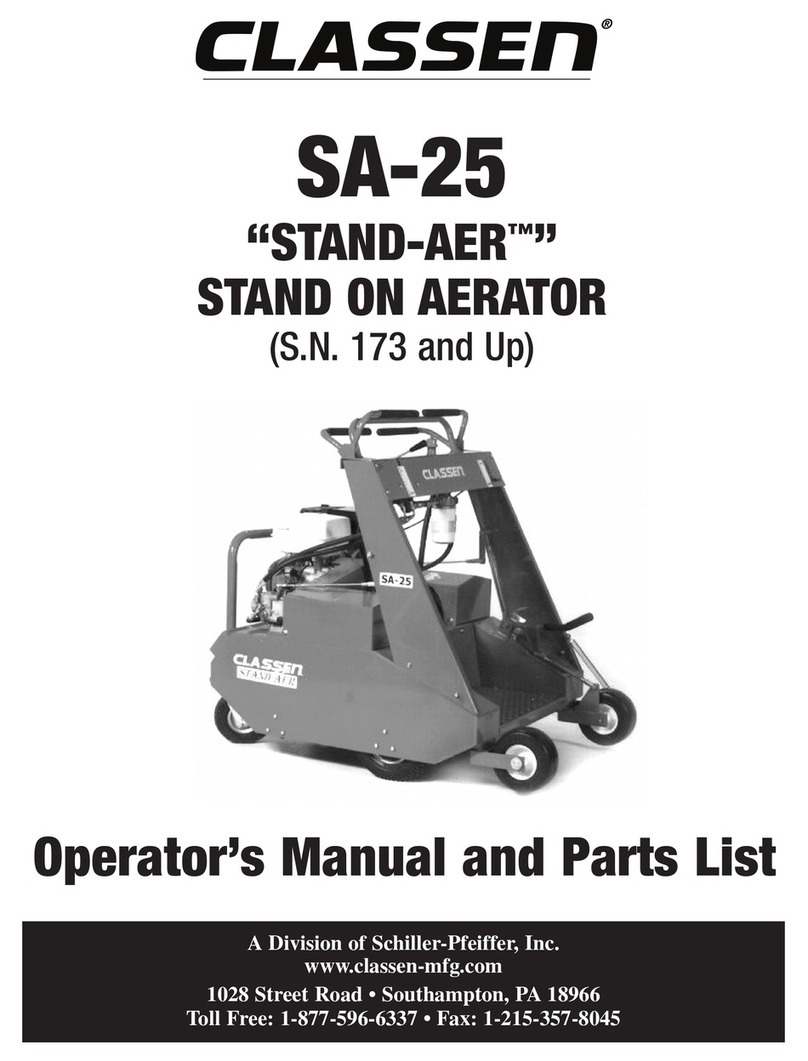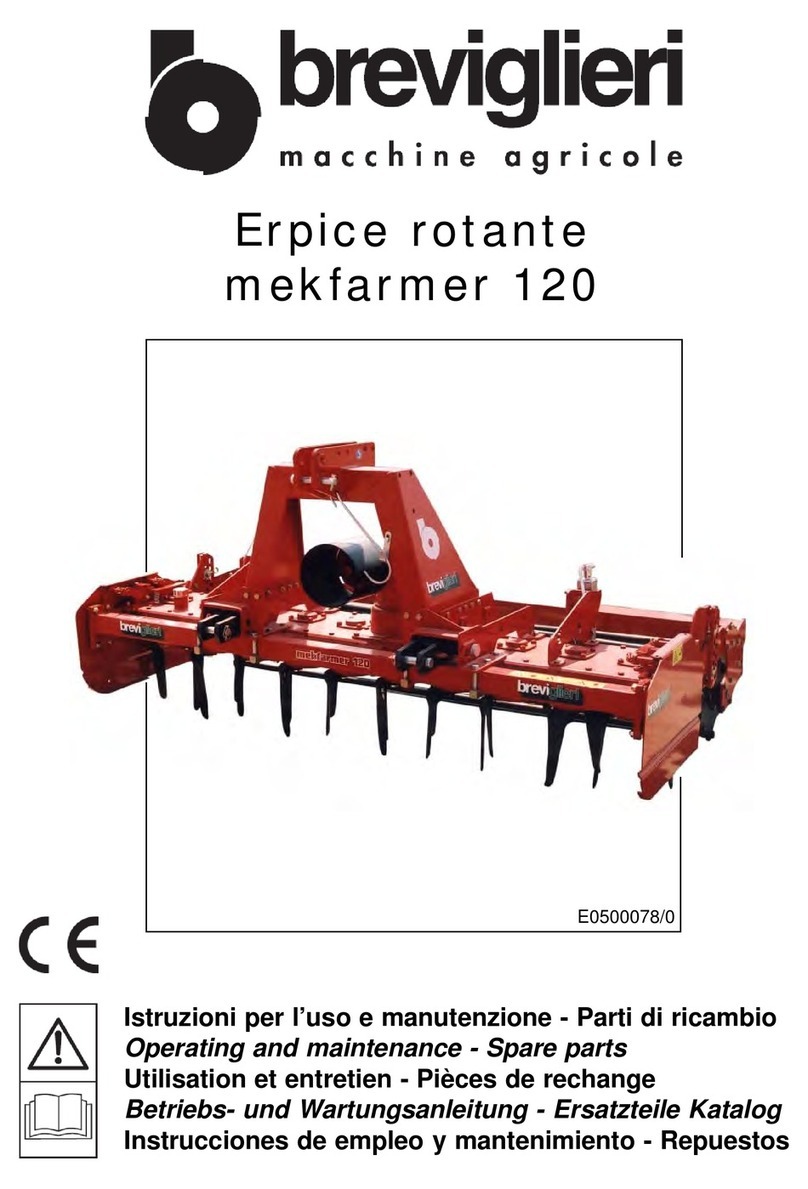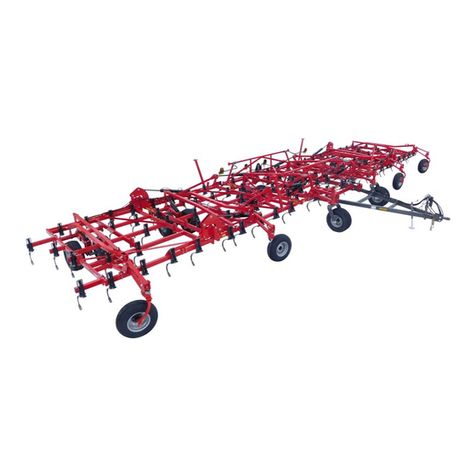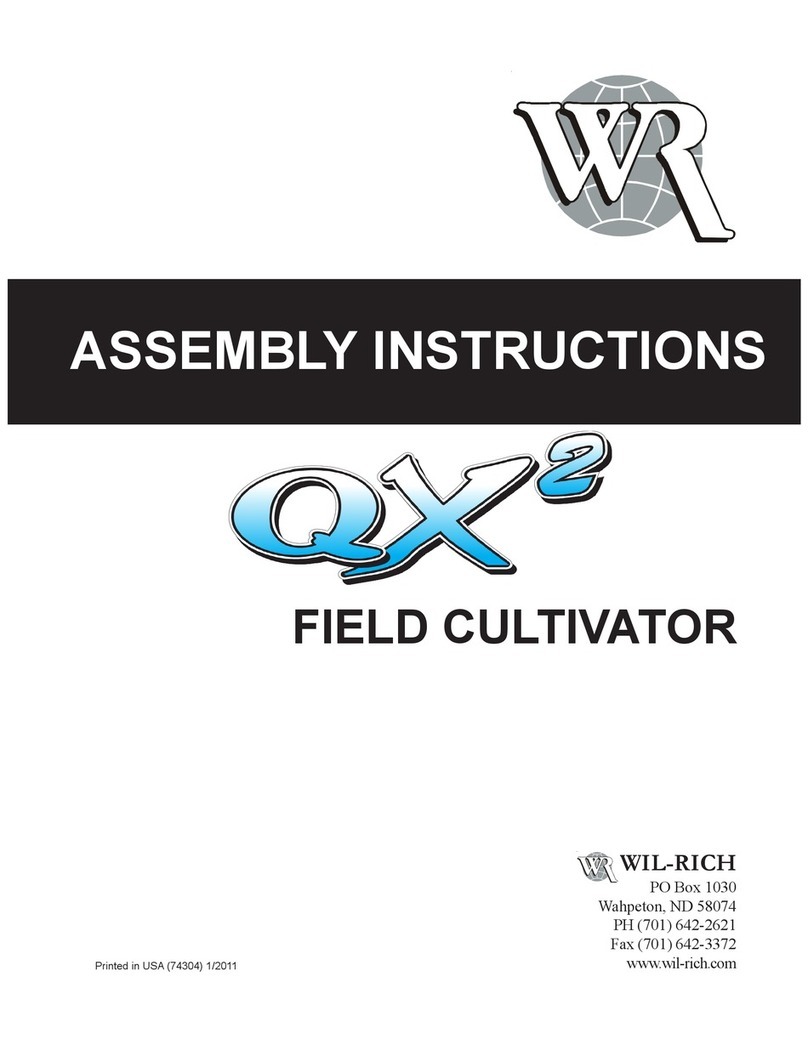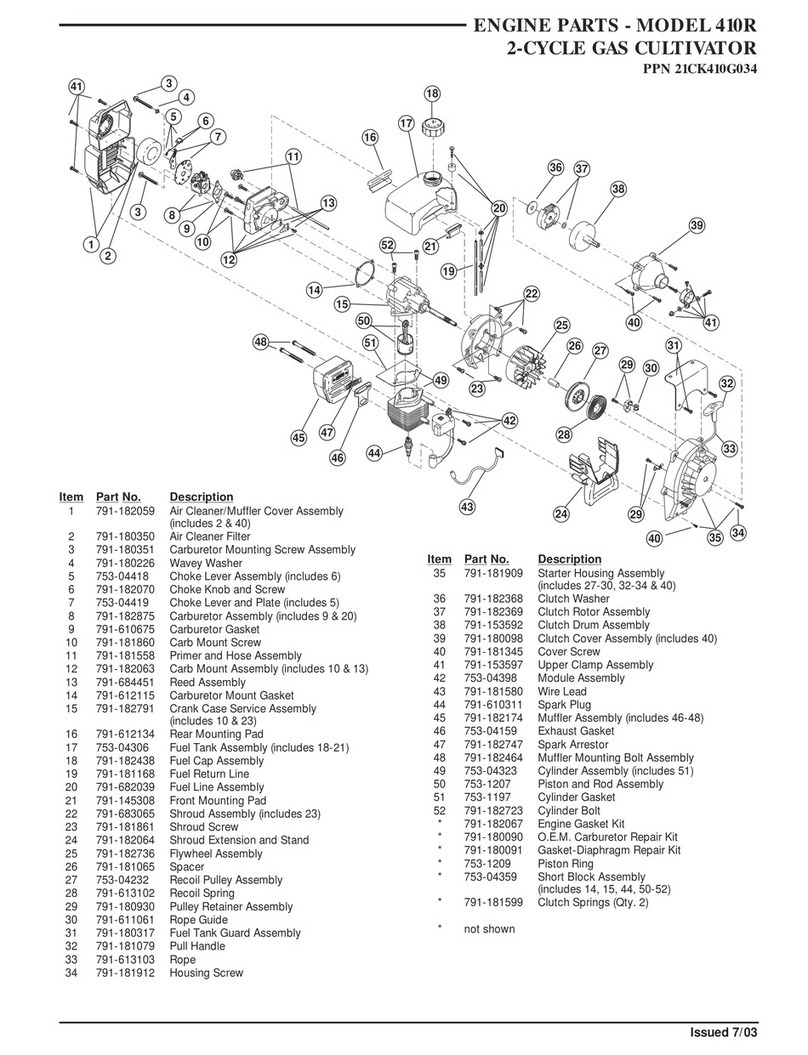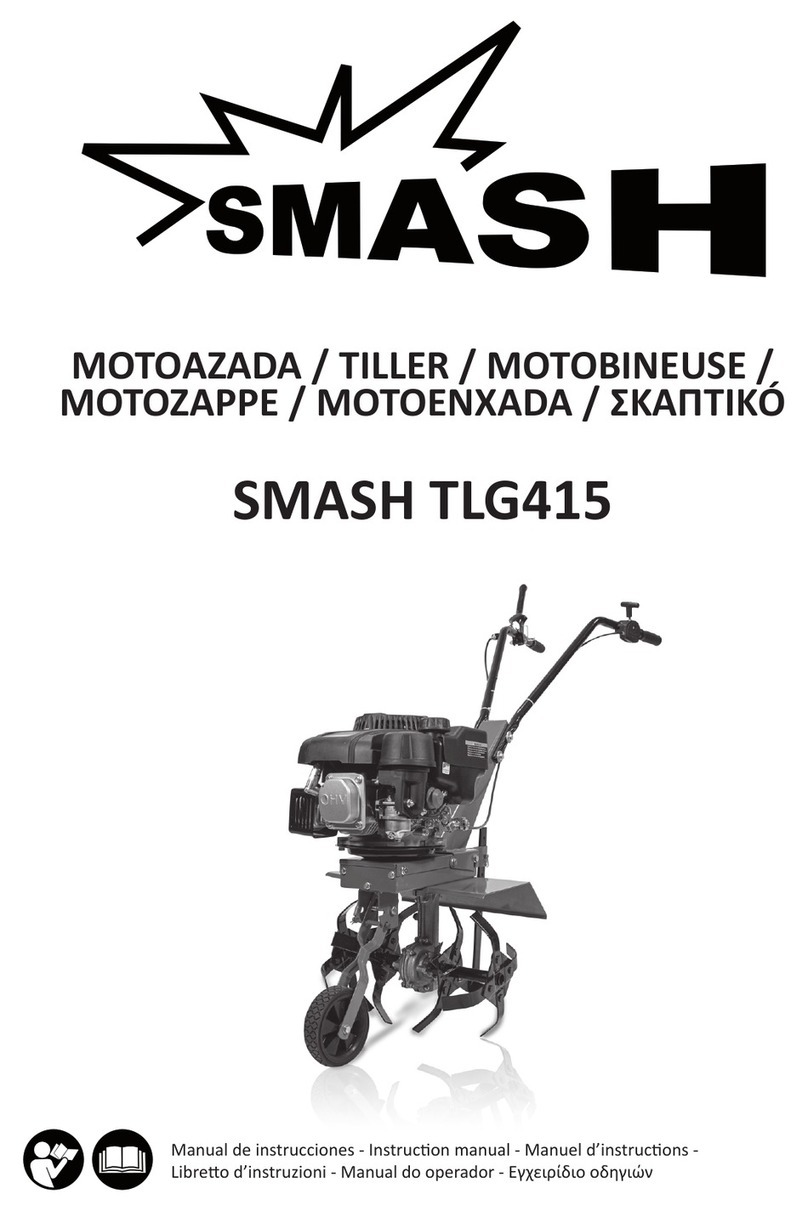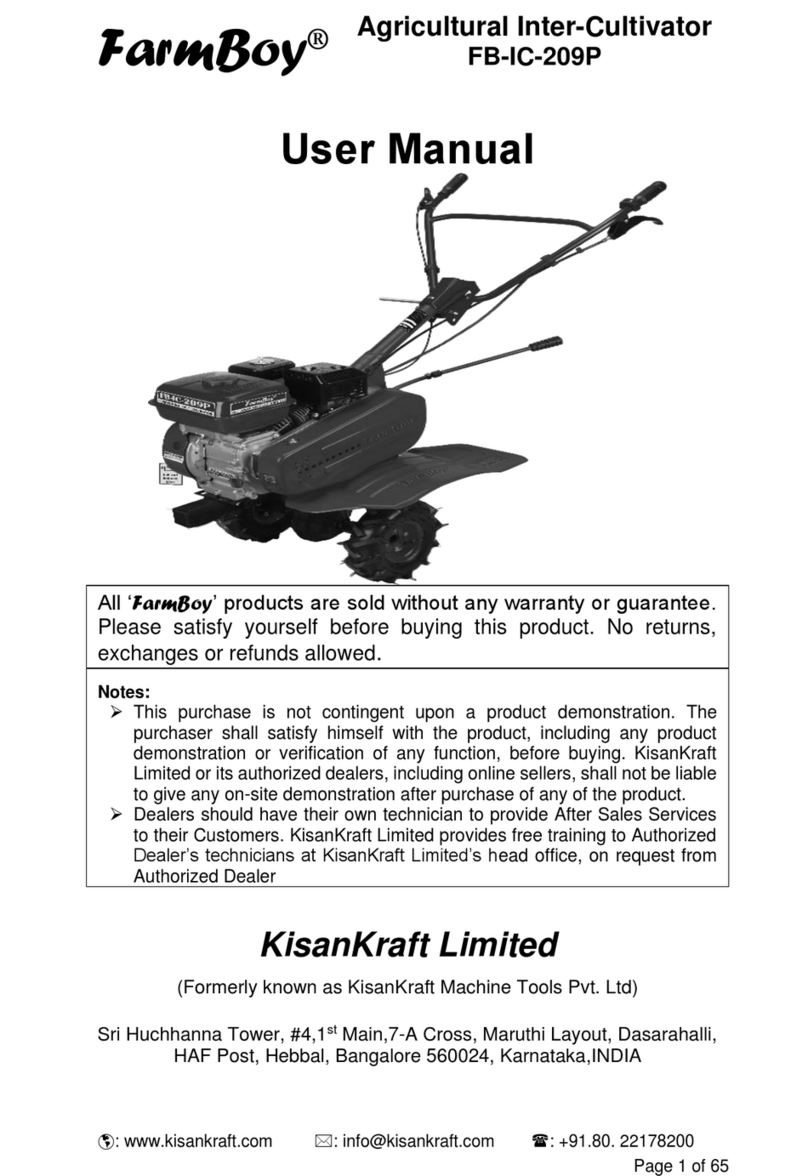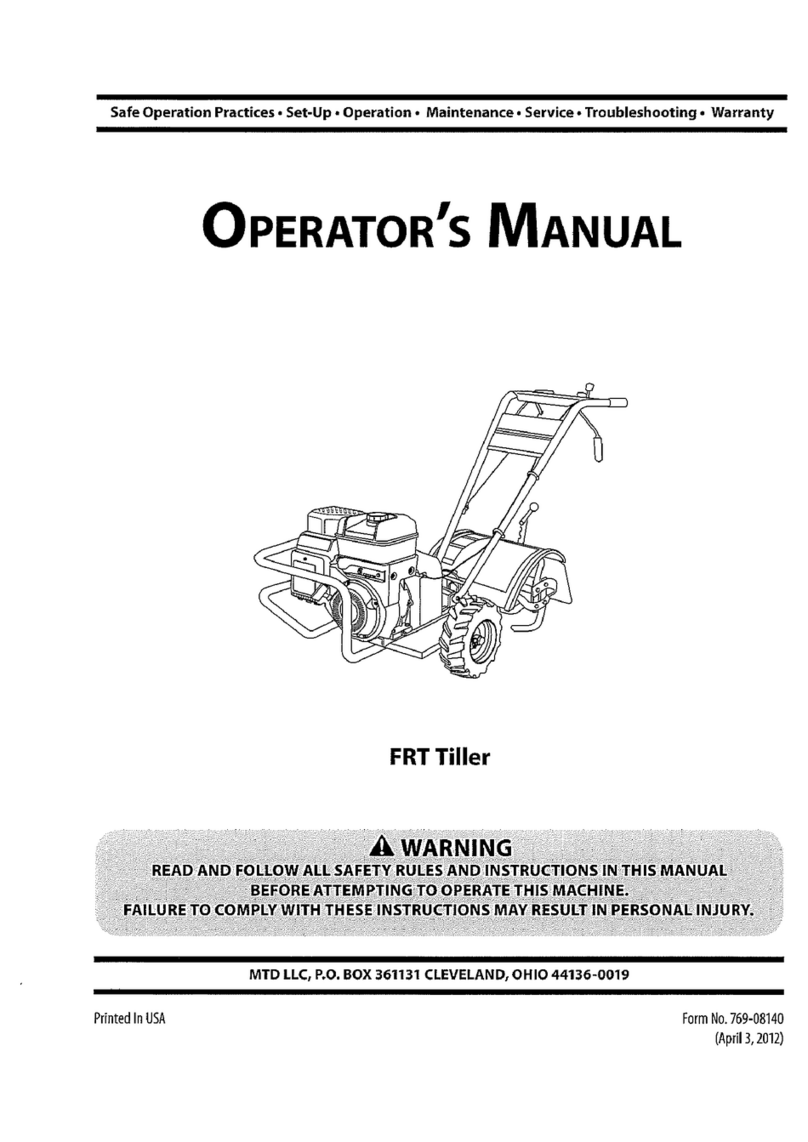
4000361195-00-en-na; 01.01.2024
Introduction
01
1.0 Introduction
Wil-Rich QX2& XL2Field Cultivators
Congratulations on the choice of a Wil-Rich Field
Cultivator to complement the farming operation.
These implements have been designed and
manufactured to meet the agricultural industry’s
needs for accurate, secondary tillage systems.
All persons authorized to operate this implement
should read and understand the contents of this
Operator’s Manual, especially the Safety Section.
The owner or operator (user) should seek assistance
from the dealer, distributor or manufacturer for any
information not fully understood regarding the safe
operation adjustment, maintenance, or repair of this
implement.
Keep this Operator’s Manual in a clean, dry place that
is easily accessible for reference when more detailed
information is required to perform tasks related to
the operation, adjustment, maintenance, or repair
of this implement. It is further recommended that
the contents of this Operator’s Manual be reviewed
at least annually by persons operating, adjusting,
maintaining, or repairing this implement, and any
time a new person is assigned to any of the above
mentioned tasks.
Any information in this Operator’s Manual that
is not fully understood should be claried by
contacting the dealer, distributor, or manufacturer
and requesting assistance.
The contents of this Operator’s Manual are accurate
up to the time of printing.
It is the policy of Wil-Rich to improve its products
whenever possible and prectical to do so. Wil-Rich
reserves the right to make changes, improvements
and modications at any time without incurring
obligation to make such changes, improvements on
any equipment sold previously.
Address inquiries to:
Wil-Rich PO Box 1030, Wahpeton, ND 58074
PH (701) 642-2621
1.1 Description of the
Machine
Wil-Rich cultivators are the industry leaders for
strength and performance. They’re designed
for the demands of today’s agriculture with two
hitch options to meet the needs of many farming
operations.
QX2 models are equipped with a oating hitch to
provide accurate depth control in uneven terrain.
XL2 models are equipped with the eld-proven and
time-tested level lift hitch that allows weight transfer
to the tractor. Designed for level eld conditions, this
hitch style creates a seedbed that is planter ready.
1.2 Intended Use
Wil-Rich Field Cultivators are intended to be used
as secondary tillage option that provides consistent
tillage across the width of the machine. The Split-the-
Middle shank pattern eliminates residue windrowing
and decreases plugging. The design also maximizes
sweep life and provides superior incorporation of
fertilizer and chemicals.
All references to “LEFT” and “RIGHT”, as used
throughout this manual, are determined by
facing the direction of the machine’s normal
forward travel when in use.
WARNING! Some pictures in this Operator’s
Manual show the machine with shields
removed to better show the subject of the
picture. The implement must NEVER be operated with
any of the shields either opened or removed. Ensure
that ALL shields are attached, closed and in good
working condition prior to operating the Wil-Rich
implement.
